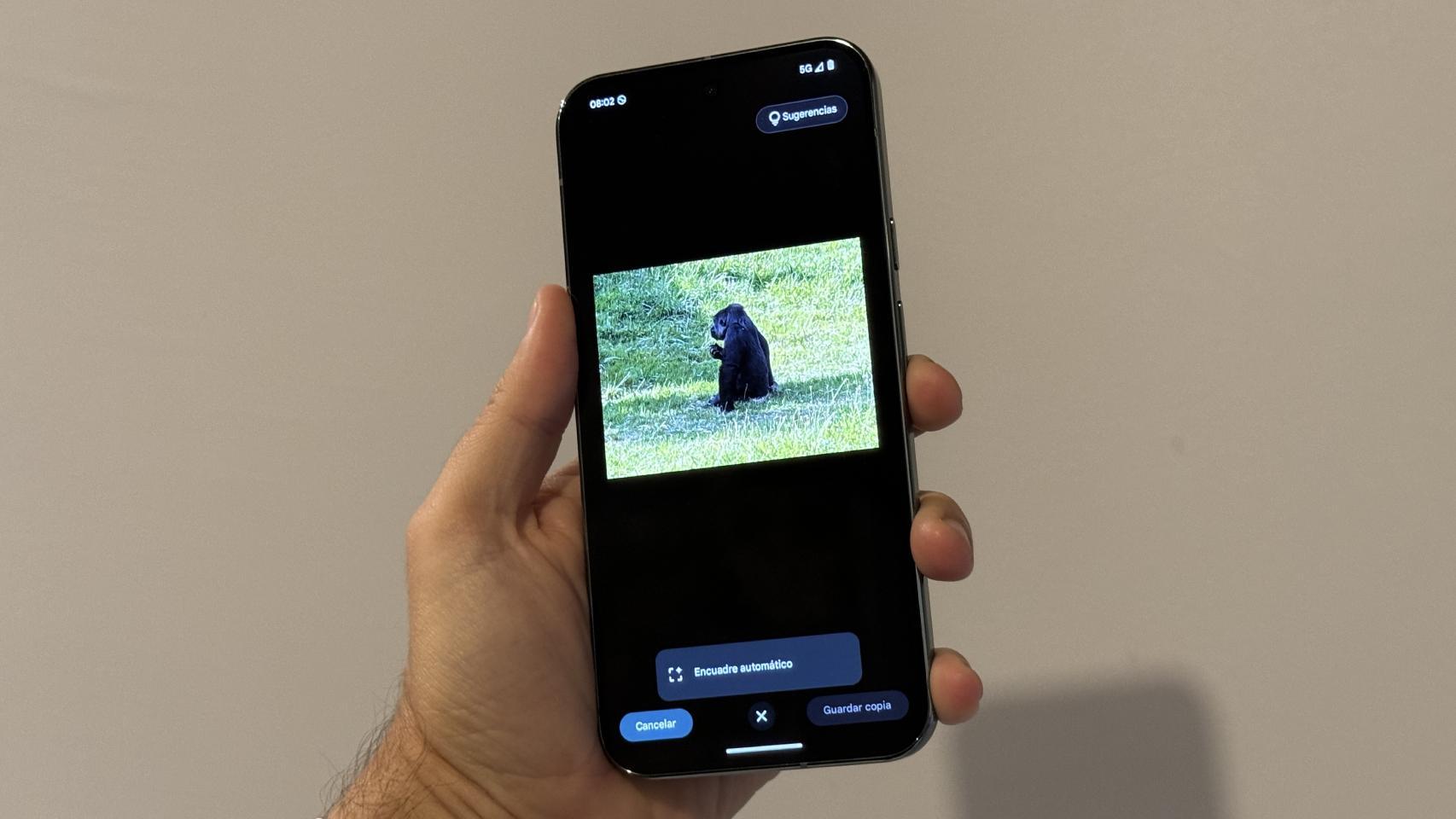A decade ago, when Google hadn’t solved much of Android’s fragmentation and manufacturers were barely updating their devices to newer versions of Android, there was a custom ROM that was at its peak at that time.
We are talking about CyanogenModthe one who was one of the most popular custom ROMs and that at the end of next December it will be six years since he said goodbye to us after an adventure that lasted seven years, as we will see below during the review the history of cyanogen mod.
CyanogenMod nace 2009

CyanogenMod 13, released in March 2016
The seed of ROM CyanogeMod Beginning during the last quarter of 2008, when using root access to the HTC Dream (T-Mobile G1 en Estados Unidos) there was a change in the operating system that came from the factory thanks to the Android being the code abierto y tenía available on the code fuente available in AOSP.
At that time, through the forums of XDAthe user Stefanie Kondikunder the nickname Cyanogen, led the development of its own ROM. With the collaboration of a team of volunteer developers, affectionately called on the forums “Team Douche”, they gave life to CyanogenMod.
Cyanogen Mod 3.1 It was the first version released. He arrived in July 2009 at HTC Dream
Problems with Google appear

the adventure of CyanogenMod found its first stone two months after the release of its first version. End of September 2009 Google sent a cease and desist letter to CyanogenMod Development Manager Stefanie Kondik requesting that will remove Google’s own apps from your ROM.
After two days of interruption in the development of CyanogenMod, they removed all junk files from Google apps and services because they were closed-source and didn’t have the distribution license. To fix this issue, Google Apps had to be installed separately from Android 1.6 Donut based version 4.1.11.1. So, after installing CyanogenMod you had to download the GApps from other sources have the play store and the most popular Google apps.
Nace Cyanogen Inc. in 2013

In the years to come, CyanogenMod has become a benchmark for other ROMsliving its peak between 2012 and 2013. It is estimated that in these years over 50 million devices running CyanogenModwhich would make it the biggest non-OEM firmware for Android.
In 2013Stefanie Kondik quiso monetize and market your work take advantage of the success of CyanogenMod, with which it began to produce CyanogenMod builds for OEMs.
The birth of Cyanogen Inc. started badly. Some developers felt that Kondik betrayed the spirit of the community, on the open exchange. Others questioned whether it was fair for any new business to benefit from free labor donated to the community project. Some of its developers will leave the project, withdrawing their support, which led to having to rewrite some CyanogenMod modules.
To reassure the community, Kondik clarified that CyanogenMod will continue to be a free product for most users, only commercial versions will be chargeable.
Cyanogen receives venture capital funding of $7 million and manages to formalize Cyanogen Inc with Kirt McMaster as CEO. The distribution company Cyanogen OSthe commercial version of its ROM intended for manufacturers.
the decline begins
Friction between Cyanogen Inc and the XDA community continued. Cyanogen OS started adding closed-source apps like CameraNext and GalleryNext and tried to move some apps like Focal from GPL to Apache.
Between 2014 and 2015 Cyanogen Inc has started attracting its first customersto new manufacturers who wanted to embark on the “Android gold rush”, like a stranger OnePlusthe english QB or the English wileyfox.
Courtship with OnePlus with Cyanogen lasted a year. After the launch of the first OnePlus One, Cyanogen has signed an exclusive agreement with an Indian equipment manufacturer, one of the main markets of OnePlus, so OnePlus had to find another ROM for this country, so in its following phones it stopped using Cyanogen OS. In April 2015, they announced their divorce, which left Cyanogen without its best asset.
That same year, in 2015 with a weakened Windows Phone, Cyanogen and Microsoft teamed up to create a fork, a version of Cyanogen OS with out-of-the-box Microsoft apps
From here, internal friction had begun to boil. Updates began to slow to a near stop, as most of the resources were spent producing custom builds for paying customers.
The commercial version of Cyanogen turned out to be a disaster. In July 2016, 30 employeesone-fifth of the workforce, they were suddenly fired. The Seattle offices were dismantled and its CEO, Kirt McMaster, left the company in the hands of a rookie Lior Tai, who until then was only COO at Cyanogen Inc.
The closure of Cyanogen Inc. took place in 2016
Shortly after, Stefanie Kondik has been removed from the board of her own company. In an interview, he said he had “worked with the wrong people” and could not prevent the company from failing or the alienation felt by the developers. The worst is had lost the legal rights to the name Cyanogen.
Two days before Christmas 2016, Cyanogen Inc has been officially liquidated, shutting down all of its services on December 31, 2016, leaving some manufacturers without mobile support. The last published version was Cyanogen Mod 14based on Android 7.0 Nougat.
LineageOS takes over

The closure of Cyanogen Inc. also spelled the death knell for CyanogenModbut after the expulsion of Kondik begged the developer community to fork the job so that it would not be lost, and so they did.
A day after Cyanogen Inc closed on Christmas Eve, the name of Lineage OS on the XDA Forums. Former Cyanogen-era devs have organized themselves into a new team to support this orphaned CyanogenMod. Due to legal issues they needed a new name and LineageOS was chosen, a ROM that took over from CyanogenMod.
Table of Contents








